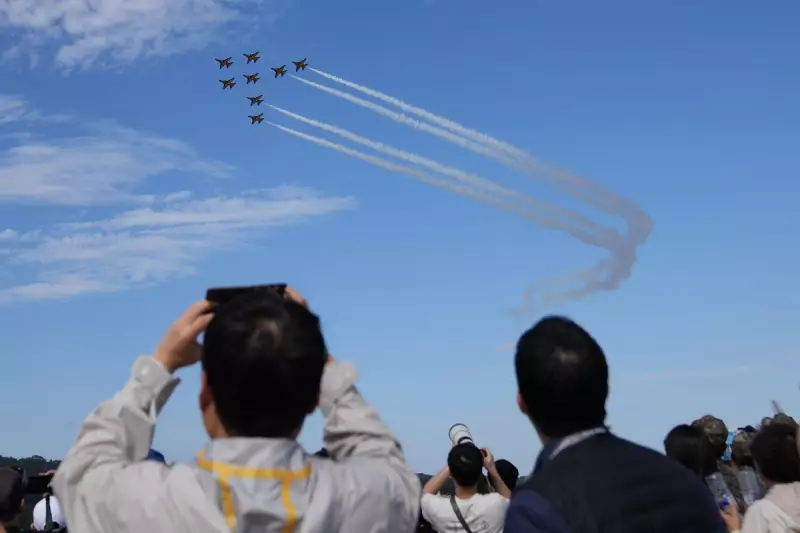
In a significant military enhancement, South Korea has deployed state-of-the-art self-propelled howitzers and advanced surveillance drones to reinforce its defensive posture against North Korea's growing arsenal.
The Defence Acquisition Programme Administration (DAPA) confirmed the completion of this strategic deployment, marking a crucial upgrade to South Korea's artillery capabilities along the tense border region.
Advanced Artillery Systems Take Position
The newly deployed K9 Thunder self-propelled howitzers represent a substantial improvement in firepower and mobility. These sophisticated artillery pieces can deliver precision strikes at extended ranges, providing South Korean forces with enhanced defensive coverage across the Demilitarized Zone (DMZ).
Military analysts highlight that these systems significantly reduce response times while increasing accuracy, giving South Korean forces a critical advantage in any potential artillery exchange.
Surveillance Drones Enhance Border Monitoring
Complementing the artillery upgrades, South Korea has integrated advanced surveillance drones into its border security operations. These unmanned aerial vehicles provide real-time intelligence gathering capabilities, allowing for continuous monitoring of North Korean military movements.
The drone deployment comes as North Korea continues to test various weapons systems, including what appears to be a nuclear-capable underwater attack drone, according to recent reports from Pyongyang's state media.
Escalating Regional Tensions
This military reinforcement occurs against a backdrop of increasing provocations from North Korea. Recent months have seen multiple weapons tests from the North, including cruise missile launches and artillery drills that have further strained inter-Korean relations.
South Korean officials maintain that these defensive measures are necessary to counter what they describe as "escalating threats" from their northern neighbour. The deployment aligns with South Korea's broader strategy to maintain military readiness while pursuing diplomatic solutions.
International Response and Regional Implications
The military upgrades have drawn attention from international observers concerned about stability on the Korean Peninsula. While the United States has supported South Korea's right to self-defence, China and Russia have called for restraint from all parties.
Regional security experts note that these developments reflect the ongoing arms race on the peninsula, with both Koreas continuously modernising their military capabilities despite occasional diplomatic overtures.
As tensions persist, South Korea's defence ministry emphasises that these deployments are purely defensive in nature, designed to protect against potential aggression while maintaining the delicate balance of power in one of the world's most heavily fortified border regions.





